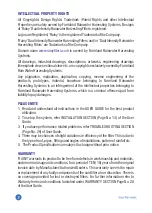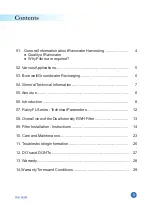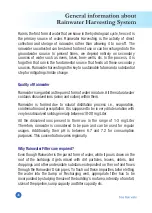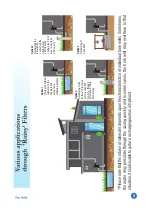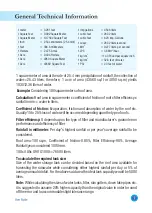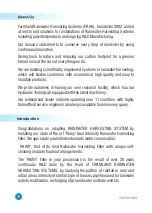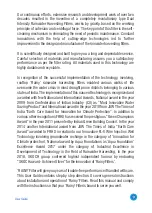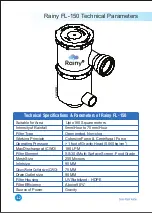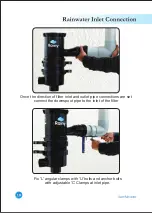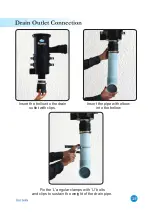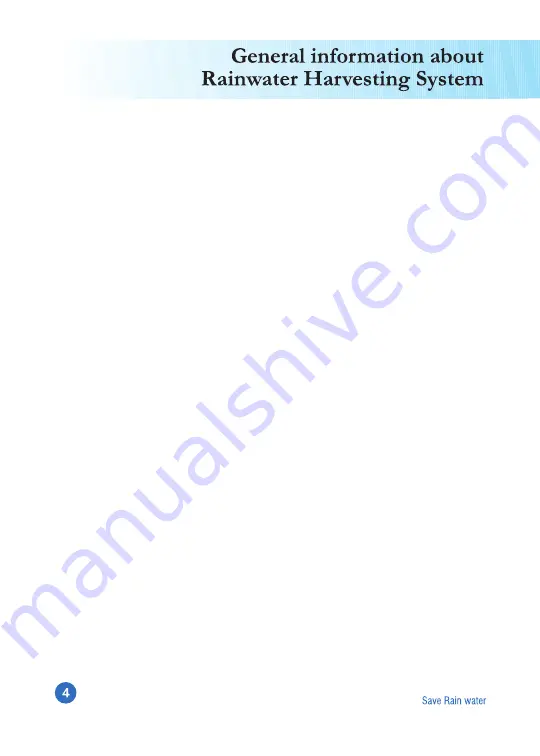
Rain is the first form of water that we know in the hydrological cycle, hence it is
the primary source of water. Rainwater Harvesting is the activity of direct
collection and storage of rainwater, rather than allowing it to run-off. The
rainwater so collected can be stored for direct use or can be recharged into the
groundwater source. In present times, we depend entirely on secondary
sources of water such as rivers, lakes, bore-wells, etc. In the process, it is
forgotten that rain is the fundamental source that feeds all these secondary
sources. Rainwater harvesting is the key to sustainable future and a substantial
step for mitigating climate change.
Rainwater is regarded as the purest form of water in nature. All the natural water
contains dissolved ions (anion and cation) within them.
Rainwater is formed due to natural distillation process i.e., evaporation,
condensation and precipitation. It is supposed to be in very dilute solution with
very less dissolved solids generally between 10-20 mg/Liter.
All the dissolved ions present in them are in the range of 1-3 mg/Liter.
Therefore, rainwater is considered to be pure and can be used for regular
usages. Additionally, their pH is between 6.7 and 7.2 for consumption
purposes. This concentration varies regionally.
Even though Rainwater is the purest form of water, while it pours down on the
roof of the buildings it gets mixed with dirt particles, leaves, debris, bird
droppings and other undesirable substances deposited on the roof and flows
through the Rainwater Drain pipes. To flush out these impurities before letting
the water into the Sump or Recharging well, appropriate filter has to be
incorporated by studying the size of the building’s roof area, intensity of rainfall,
sizes of the pipeline, sump capacity and filter capacity etc.
Quality of Rainwater
Why Rainwater Filters are required?
Summary of Contents for FL-150
Page 1: ...FL 150...
Page 24: ...Wash it clean it well and re insert the same Clean it up with a brush...
Page 28: ...Rainy FL 150 S N...


